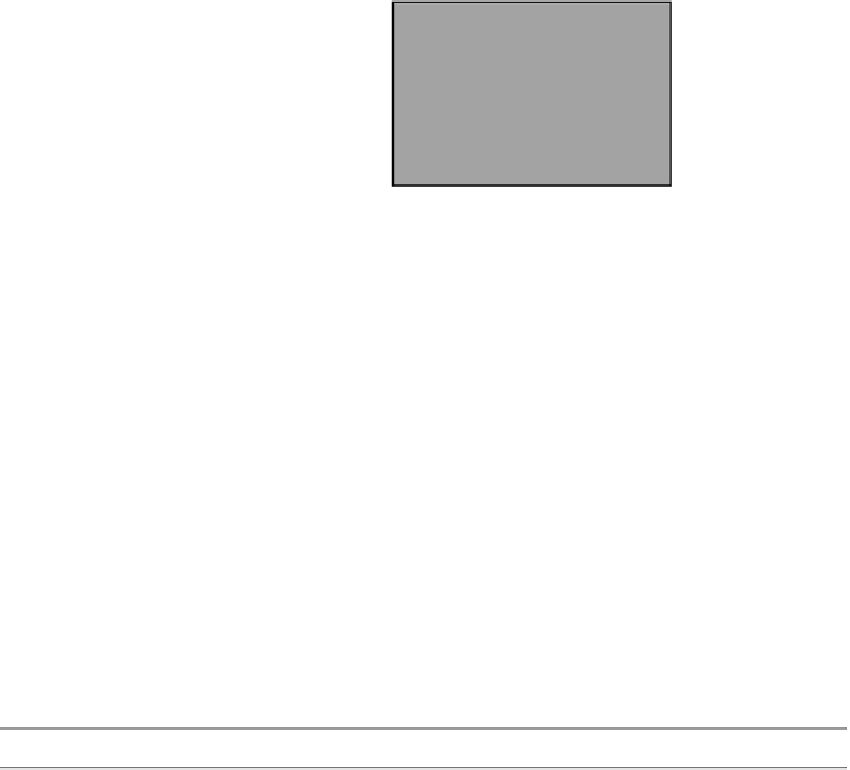Image Processing Reference
In-Depth Information
1920 x 1200
1920 x 1080
1440 x 1080
1920 x 720
1280
x
720
1080 x 720
Figure 5-13
Common HDTV resolutions for HDTV.
625-line services it is not as large an improvement unless the implementation promises 720
visible lines. At the high end, image sizes of 1920
1125 raster
and standards worldwide are converging on this format. This is a good choice because it
is the same as that used for D-cinema, and therefore it is helpful to the distributors to only
have to master their content into one format. Another popular resolution is 1920
×
1080 are carried on a 2200
×
×
1200,
which is a multiple of the composite raster size for NTSC.
Note that some sources quote the HDCAM resolution as being 1440
1080. This may
be one of the modes that HDCAM equipment supports, but the image dimensions of 1920
×
×
1080 are quoted in the Sony HDW-730S camcorder spec sheet.
In Europe the debate continues as to whether a 720p or 1080i format should be used
for high-definition TV broadcasts. The 1920
720p 50 format is attractive because it fits with
the available broadcast spectrum, but it is different from what is being adopted by the rest
of the world. Progressive scanning is certainly more attractive than interlaced scanning.
×
Table 5-3 Common HDTV Picture Sizes
Description
Width
Height
Non-standard HDTV format similar to XGA computer display sizes
1080
720
SMPTE
296M HDTV format proposed for European trials
1280
720
Proposed European HDTV format
1920
720
Sony HDCAM format
1920
1080
SMPTE 274M HDTV format
1920
1080
Experimental high-def format that is a multiple of SDTV on NTSC
1920
1200
systems








Search WWH ::

Custom Search